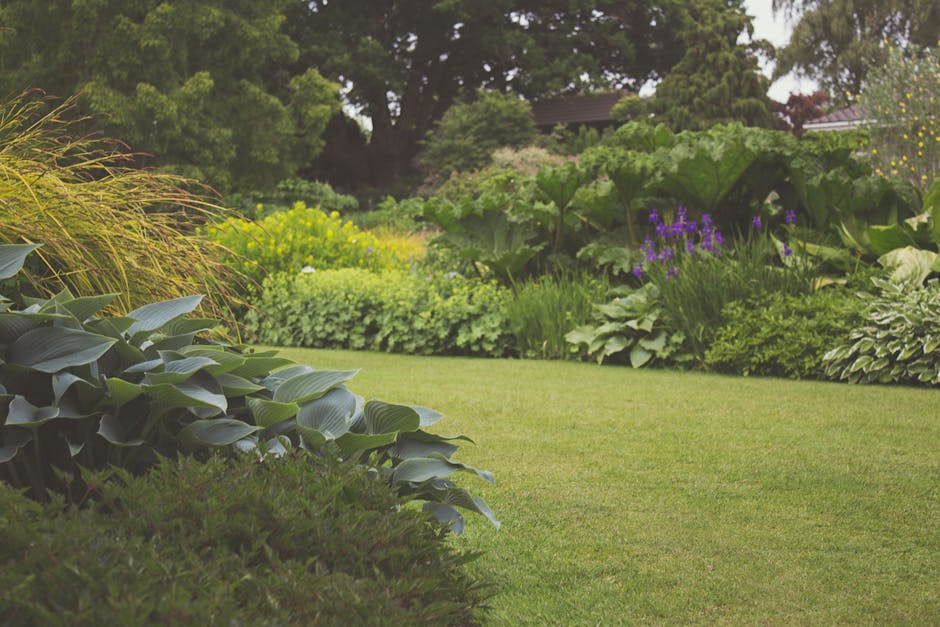As the winter season approaches, it’s essential to prepare your garden for the colder months ahead. Winterizing your garden is crucial to ensure that your plants, flowers, and trees survive the harsh conditions and thrive when spring arrives. By following a few simple tips and techniques, you can protect your garden and set it up for success in the coming months.
Preparing your garden for winter begins with understanding the needs of your plants, flowers, and trees. Each type of vegetation requires specific care to survive the winter months. By taking the time to assess your garden’s unique needs, you can create a customized winterization plan that will help your garden thrive.
One essential step in winterizing your garden is to clean up and tidy your outdoor space. Remove any dead leaves, branches, and debris that may have accumulated throughout the fall. Cleaning up your garden not only improves its appearance but also helps prevent pests and diseases from taking hold during the winter months. Be sure to dispose of any debris properly to avoid attracting unwanted critters to your garden.
(H2: Protect Your Plants and Flowers)
Once you have cleaned up your garden, it’s time to protect your plants and flowers from the cold weather. Consider applying a layer of mulch around the base of your plants to help insulate the roots and retain moisture. Mulch also helps regulate soil temperature, preventing it from fluctuating too much during the winter. Additionally, consider covering delicate plants and flowers with burlap or frost cloth to shield them from frost and freezing temperatures.
(H2: Prune Trees and Shrubs)
Pruning your trees and shrubs before winter sets in is essential for promoting healthy growth in the spring. Remove any dead or damaged branches to prevent them from falling and causing damage during winter storms. Pruning also helps improve airflow and sunlight exposure, which are crucial for the overall health of your trees and shrubs. Be sure to research the proper pruning techniques for each type of tree or shrub in your garden to avoid causing unnecessary harm.
(H2: Provide Shelter for Wildlife)
While winterizing your garden, don’t forget about the wildlife that may call it home. Consider providing shelter for birds, bees, and other beneficial creatures that help maintain a healthy ecosystem in your garden. Install birdhouses, bee hotels, and other shelters to give wildlife a safe place to rest and seek refuge during the winter months. Additionally, consider leaving out food and water for birds and other wildlife to help them survive the colder weather.
(H2: Monitor Your Garden)
Throughout the winter months, be sure to monitor your garden regularly to ensure that your plants, flowers, and trees are thriving. Check for signs of frost damage, pests, and diseases, and take action promptly to address any issues that arise. Water your plants as needed, but be mindful of overwatering, as excess moisture can lead to root rot in cold weather. By staying vigilant and proactive, you can help your garden stay healthy and vibrant throughout the winter.
In conclusion, winterizing your garden is a crucial step in ensuring that your plants, flowers, and trees survive the colder months and thrive when spring arrives. By following the tips outlined in this article, you can protect your garden and set it up for success in the coming season. Remember to clean up your garden, protect your plants and flowers, prune trees and shrubs, provide shelter for wildlife, and monitor your garden regularly. With proper care and attention, your garden will be ready to bloom beautifully when the warmer weather returns.

